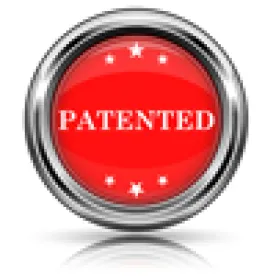Takeaway: Supplemental evidence is evidence going to the admissibility of originally filed evidence and is filed in response to a motion to exclude; supplemental information is evidence supporting an argument on the merits and may only be filed after a Section 123 motion is authorized and granted.
In its Order, the Board addressed four topics that were discussed during a conference call between the parties: “(a) the scheduling order, (b) refiling of exhibits, (c) Petitioner’s request to file supplemental information, and (d) Patent Owner’s request to file supplemental information.”
The parties had no objections to the scheduling order, and Patent Owner did not object to Petitioner’s request to refile exhibits with new exhibit numbers to clarify the record. The Board authorized Petitioner’s request to refile the exhibits.
Petitioner also sought authorization to file a motion to submit supplemental information. In this regard, Patent Owner had objected to certain evidence of Petitioner’s in response to which Petitioner served upon Patent Owner “supplemental information.” The Board stated that Petitioner had confused the issues of supplemental information and supplemental evidence. Supplemental evidence under 37 C.F.R. § 42.64 “relates to the admissibility of evidence,” whereas supplemental information under 37 C.F.R. § 42.123 “relates to the sufficiency (or weight) of the evidence.”
Quoting an illustrative case, the Board explained that supplemental evidence is “served in response to an evidentiary objection and filed in response to a motion to exclude—is offered solely to support admissibility of the originally filed evidence and to defeat a motion to exclude that evidence, and not to support any argument on the merits (i.e., regarding the patentability or unpatentability of a claim).” Supplemental information, however, “is evidence a party intends to support an argument on the merits.” Supplemental information may only be filed if a motion under Section 123 is authorized and granted.
Petitioner’s request related to evidence offered to support the argument that the Broggi reference constituted prior art as a printed publication. Patent Owner did not object to Petitioner’s request for authorization, and the Board authorized Petitioner’s filing of a motion to submit supplemental information.
Patent Owner also requested authorization to file a motion to submit supplemental information – a deposition transcript related to the Broggi reference. The Board noted that if the supplemental information “relates to the admissibility of Broggi (Ex. 1006), the proper vehicle to address such concerns is a motion to exclude” under 37 C.F.R. § 42.64. If, however, the information “relates to the sufficiency of whether Petitioner has established that Broggi (Ex. 1006) is prior art as a printed publication under 35 U.S.C. § 102, consideration of such evidence is premature in that the Board has not ruled on Petitioner’s motion to submit supplemental information and in that Patent Owner may submit such evidence in its Patent Owner’s Response.” Thus, the Board denied Patent Owner’s request for authorization.
Valeo North America, Inc., Valeo S.A., Valeo GmbH, Valeo Schalter und Sensoren GmbH, and Connaught Electronics Ltd. v. Magna Electronics, Inc., IPR2014-01208
Paper 15: Order on Conduct of the Proceeding
Dated: January 29, 2015
Patent: 7,991,522 B2
Before: Jameson Lee, Phillip J. Kauffman, and Matthew R. Clements
Written by: Kauffman



 />i
/>i
